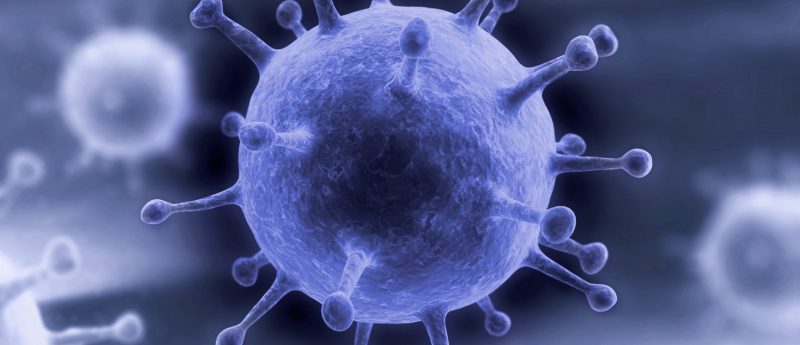Adeno-associated viruses produced by machine-guided engineering

Adeno-associated viruses have been produced by utilizing a machine-guided process resulting in a large number of high-quality variants.
Researchers have utilized a high-throughput methodology to create various adeno-associated virus (AAV) variants that could outcompete conventionally produced AAVs. Generating one of the most comprehensive AAV capsid libraries ever, the researchers from Harvard University’s Wyss institute for Biologically Inspired Engineering (MA, USA) have been able to effectively target mouse liver cells with their new AAVs, as well as identify a new membrane binding protein within the virus.
Creating a library of every possible codon modification possible with AAV2 (the most popular AAV) that they were then able to test for effectiveness, the team of researchers, led by George Church (Harvard University), analyzed the role of each codon. By combining this information, they catalogued the potentially beneficial and detrimental mutations which they could then combined to construct their new virus.
“These high-throughput technologies paired with machine-guided design lay the foundation for engineering superior and highly tailored AAV variants for future gene therapies”, explained Eric Kelsic, CEO of Dyno Therapeutics (MA, USA) and first author of the paper. “Here we show that even a simple mathematical model, powered by enough data, can successfully generate viable synthetic capsids. This iterative and empirical approach to protein engineering enables us to get the best of both worlds and generate large numbers of high-quality capsid variants.”
AAVs have become an industry favorite for gene therapy due to their ability to efficiently transmit DNA and the minimal immune response against them. Unfortunately, AAVs have not kept pace with the industry and researchers have struggled to deliver the viruses to specific organs and tissues. Traditional AAVs have been tissue optimized before; however, the procedure often involved random mutagenesis that resulted in a slow rate of development and lack of improvement compared to the original AAVs. By combining the knowledge gained from each individual codon, the team created several efficient viruses which they were able to validate in vivo.
“The results in the Science publication demonstrate, for the first time, the power of linking a comprehensive set of advanced techniques — large scale DNA synthesis, pooled in vitro and in vivo screens, next-generation sequencing readouts, and iterative machine-guided capsid design — to generate optimized synthetic AAV capsids,” commented Kelsic.
The researchers hope that this advance will allow them to go on and optimize AAVs further for gene therapy purposes; whilst also investigating the new protein discovered during their work.
Source: Ogden P, Kelsic E, Sinai S and Church G. Comprehensive AAV capsid fitness landscape reveals a viral gene and enables machine-guided design. Science. 366(6469), 1139—1143 (2019)
Have any additional questions about this story? Ask us in the comments, below.
Find out more in these top picks from the Editor:
- New virus purification technique may allow bulk production for gene therapy
- Gene therapy trial for Duchenne muscular dystrophy put on hold by FDA
- New tiny and precise CRISPR-Cas9 could bolster gene therapy techniques